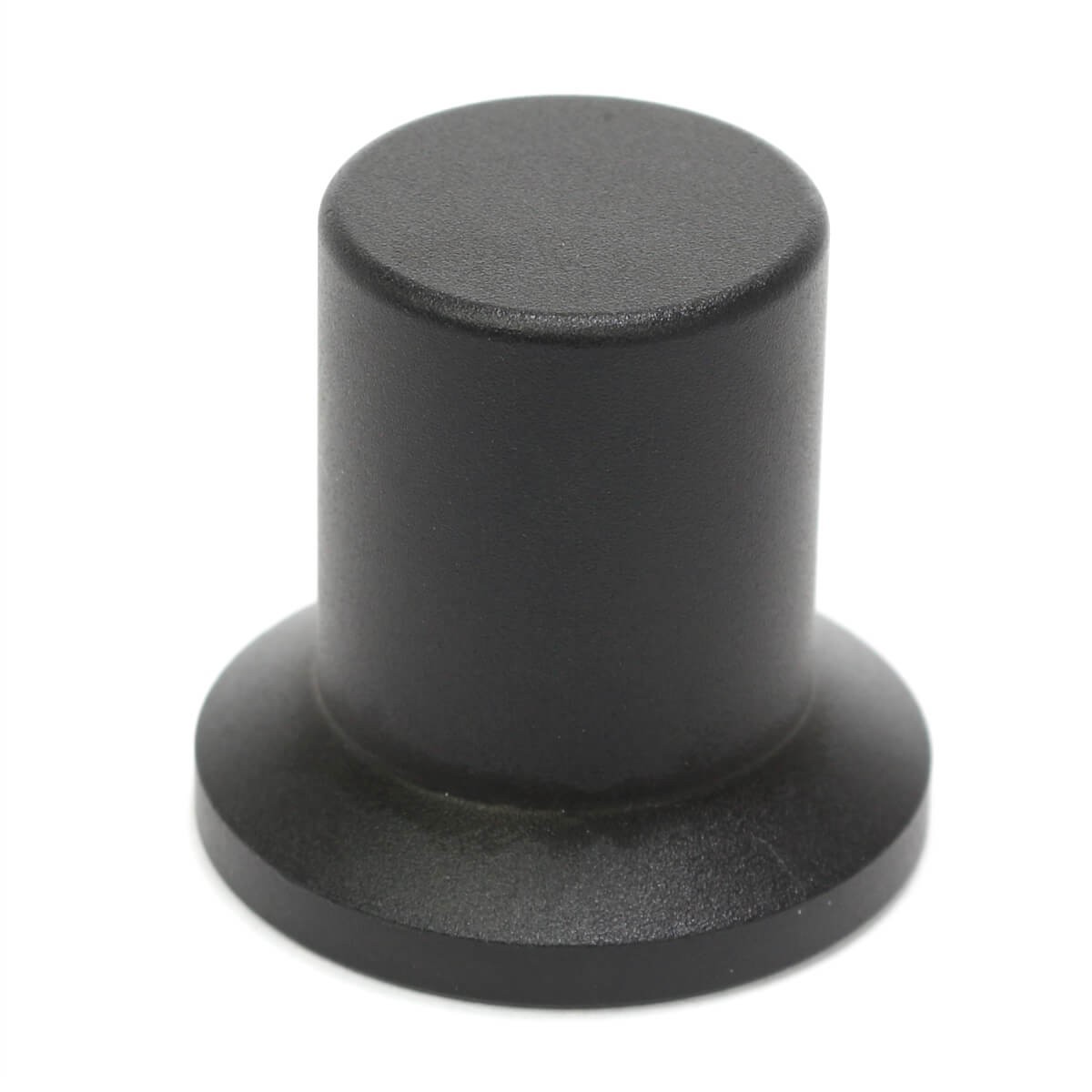

For all three beltides, MD and combined small-angle X-ray and -neutron scattering were consistent with a disc structure composed by a phospholipid bilayer surrounded by a belt of peptides and with a total disc diameter of approximately 10 nm. The self-assembly of the beltides with the phospholipid DMPC was studied with and without the incorporated membrane protein bacteriorhodopsin (bR) through a combination of coarse-grained MD simulations, size-exclusion chromatography (SEC), circular dichroism (CD) spectroscopy, small-angle scattering (SAS), static light scattering (SLS) and UV-Vis spectroscopy. The dimeric peptides were denoted ‘beltides’ where Beltide-1 refers to the 18A-dimer without a linker, Beltide-2 is the 18A-dimer with proline (Pro) as a linker and Beltide-3 is the 18A-dimer linked by two glycines (Gly–Gly). Furthermore, the discovered sequence of morphological transitions may have important implications for the development of bicelle-based membrane protein crystallization methods.Three dimers of the amphipathic α-helical peptide 18A have been synthesized with different interhelical linkers inserted between the two copies of 18A. Second, the q≈3 preparations used for aligning water-soluble biomolecules in magnetic fields consist of perforated lamellar sheets. First, discs prepared as membrane mimics are frequently much smaller than predicted by current “ideal bicelle” models. The implications for biological NMR work are two. A holey lamellar phase finally appears upon further elevation of q or temperature. Upon increasing q or the temperature, long slightly flattened cylindrical micelles that eventually branch are formed. The more well-shaped discs have a diameter of around 20 nm. At higher q-values, distorted discoidal micelles that tend to short cylindrical micelles are observed. At q=0.5, small, possibly disc-shaped, aggregates with a diameter of ∼6 nm are formed. The temperature and the ratio q are the dominating variables for changing sample morphology, while c L to a lesser extent affects the aggregate structure. In combination with ocular inspections, we are able to sketch out this part of phase-diagram at T=14–80 ☌. We have used cryo-transmission electron microscopy (cryo-TEM) for inspection of aggregates formed by dimyristoylphosphatidylcholine (DMPC) and dihexanoylphosphatidylcholine (DHPC) in aqueous solution at total phospholipid concentrations c L≤5% and DMPC/DHPC ratios q≤4.0.


 0 kommentar(er)
0 kommentar(er)
